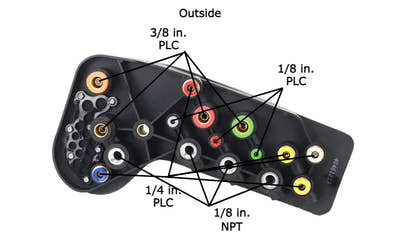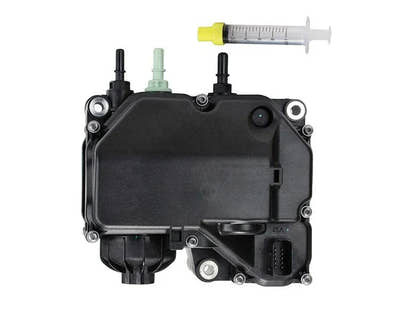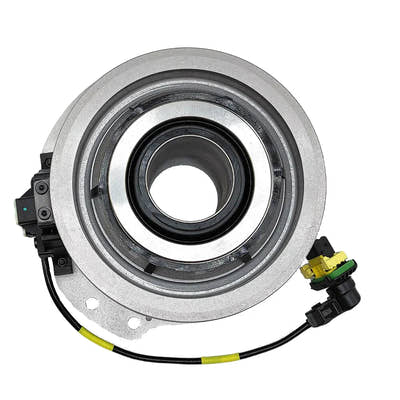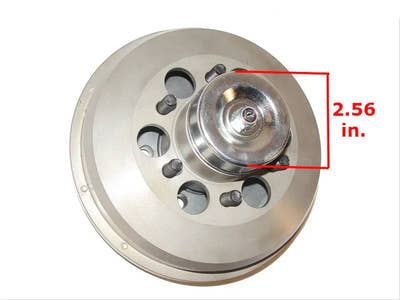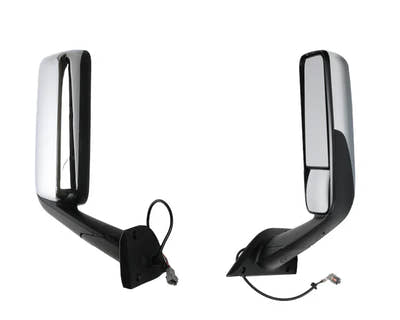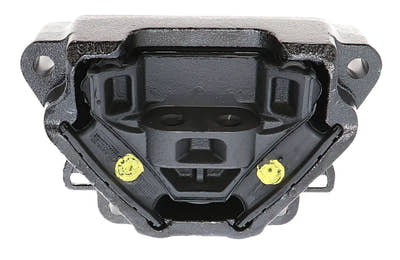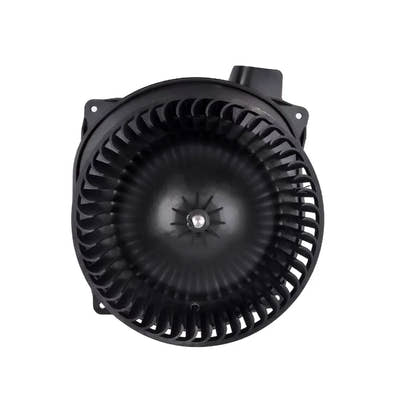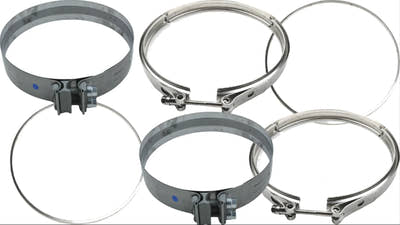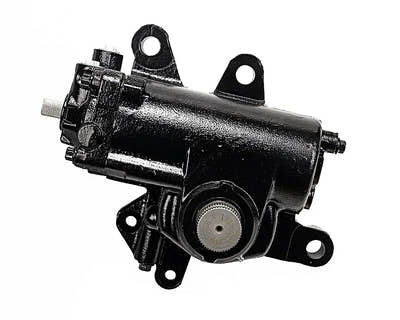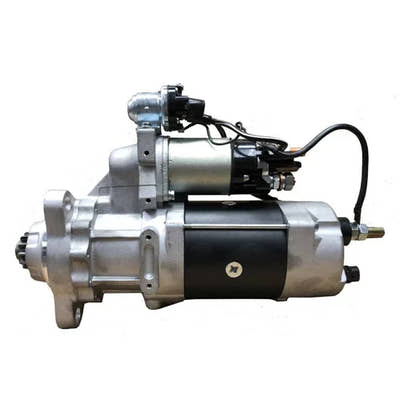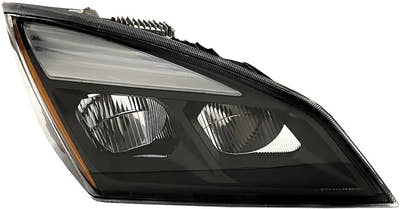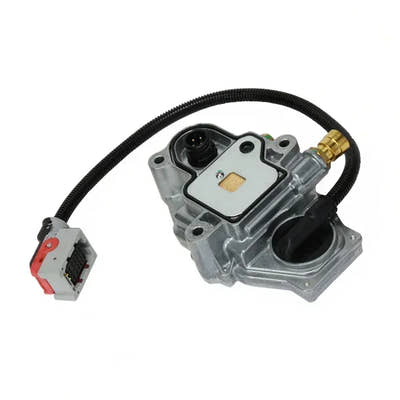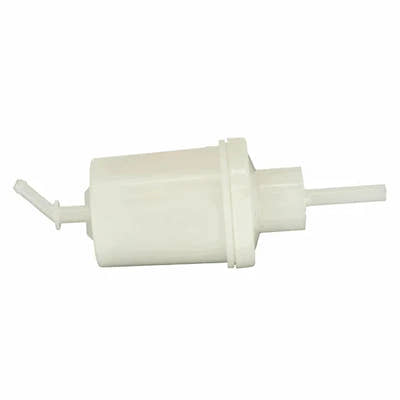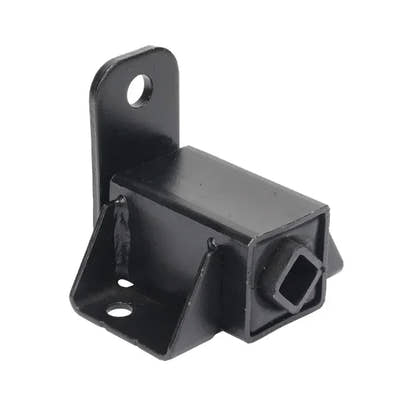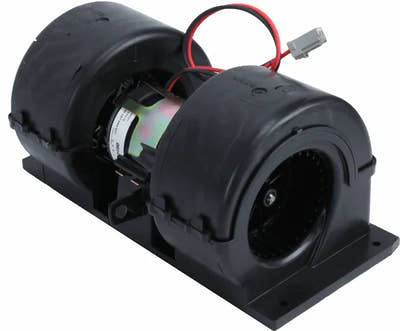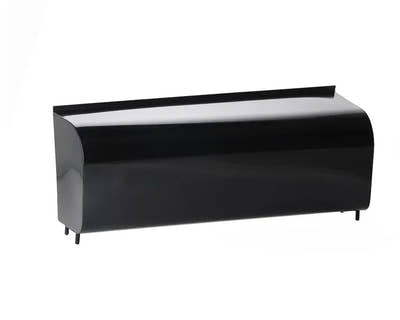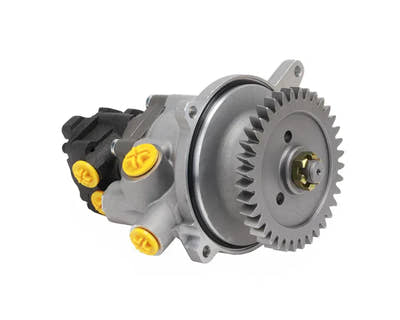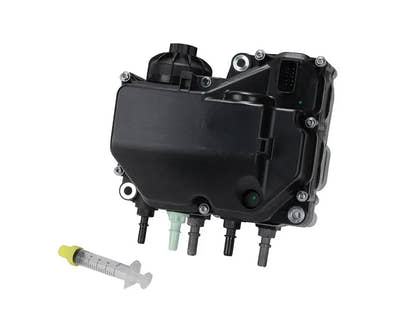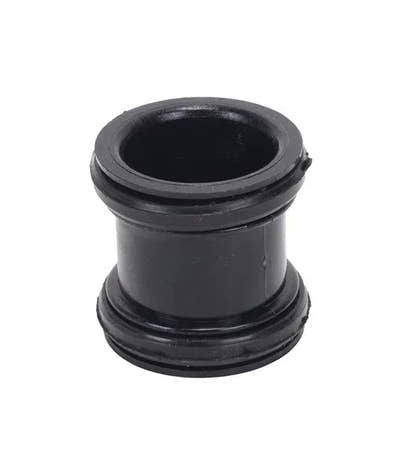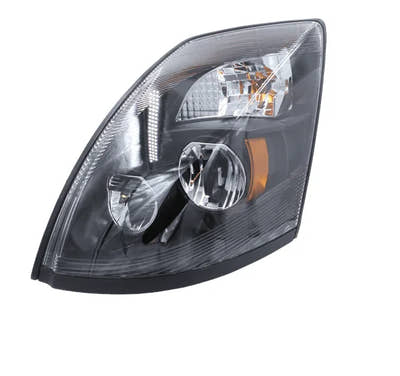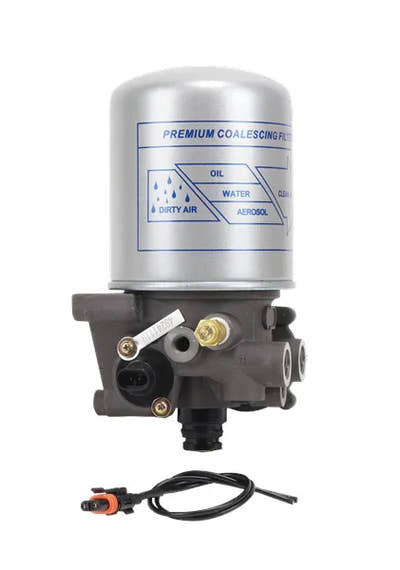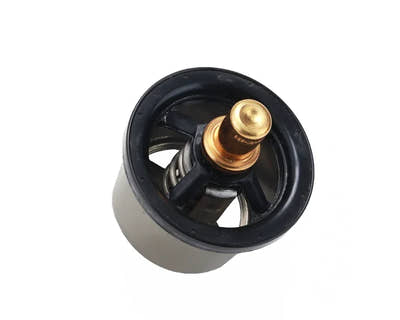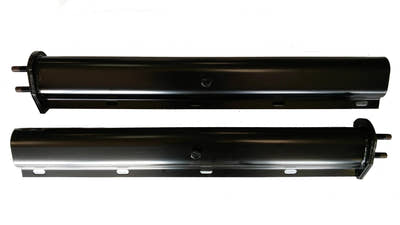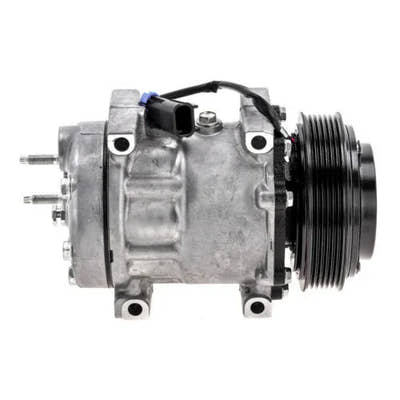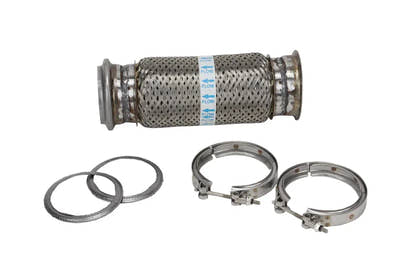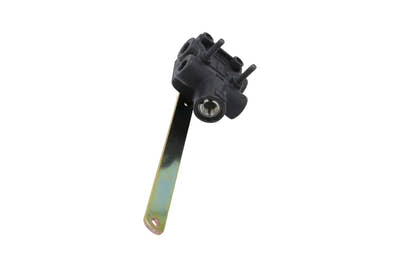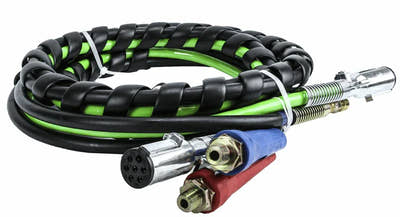Inaccurate or Erratic DEF Level Gauge Readings or DEF Consumption Issues on a Kenworth T680 Truck with a Cummins ISX Engine FAQs
DEF (diesel exhaust fluid) is an essential component of the emission control system on modern diesel engines. It helps to reduce harmful emissions, such as nitrogen oxides, by breaking them down into harmless nitrogen and water. If the DEF level gauge readings are inaccurate or erratic on a Kenworth T680 truck with a Cummins ISX engine, it can cause problems with the emission control system, such as failed regenerations, excessive or insufficient DEF consumption, 5 mph derate, and DEF crystallization build-up in the SCR system.
Here are some common causes of inaccurate or erratic DEF level gauge readings on a Kenworth T680 truck with a Cummins ISX engine:
- Actually low DEF fluid level: This may seem obvious, but if you're running low on DEF, it can cause issues. This is the most common cause of inaccurate or erratic DEF level gauge readings. If the DEF fluid level is low, the gauge or dipstick may not accurately reflect the actual DEF level.
- Faulty DEF level sensor (aka DEF sending unit): If the DEF level sensor or wiring is not functioning properly, it may not accurately detect the DEF fluid level and the vehicle's computer system may not display the correct DEF level on the dashboard gauge or dipstick. This can cause the DEF level to fluctuate or appear to be erratic. The DEF level sensor is part of a multi-purpose component that also includes the DEF quality sensor, DEF tank temperature sensor, and DEF tank heater. Please note that if you are seeing DEF fault codes for any of these components, you may have a malfunctioning DEF sending unit (aka header), which is mounted on top of the DEF tank and looks like a cap with a clamp, but has tubes and wiring that goes down into the tank.
The following causes pertain more toward excess or insufficient DEF consumption, but in some cases, can cause incorrect DEF level readings:
- Leaks in the DEF system: If there is a leak in the DEF tank, pump, lines, or injectors, the DEF fluid level may be low, and the gauge or dipstick may not accurately reflect the actual DEF level.
- Faulty DEF dosing system: If the DEF dosing system is not functioning properly, it may not inject the proper amount of DEF fluid into the exhaust stream. This can cause the DEF to be consumed at an incorrect rate.
- DEF quality issue: If the DEF fluid is of poor quality or has become contaminated, it may not work properly in the emission control system. This can cause the DEF to be consumed at an inaccurate rate and/or the level to appear low, even if the DEF tank is full.
- DEF filter: If the DEF filter is plugged up or dirty, it can cause inaccurate readings due to higher or incorrect pressures and flow rates. The DEF filter is located on the bottom of the DEF pump and is inside of a filter cap.
- Exhaust system or other issue: If there is a problem with the exhaust system, such as the aftertreatment fuel system, turbocharger or VGT actuator, EGR valve, or a sensor on the engine, it may interfere with the proper functioning of the DEF system.
To diagnose and fix the cause of inaccurate or erratic DEF level gauge readings on a Kenworth T680 truck with a Cummins ISX engine, you can follow these steps:
- Check the DEF level using the gauge or dipstick. If it is low, add DEF fluid as needed to bring it to the proper level.
- The DEF level sensor can also be a cause of inaccurate or erratic DEF level gauge readings. If the DEF level sensor or wiring is not functioning properly, it may not accurately detect the DEF fluid level and the vehicle's computer system may not display the correct DEF level. Inspect the DEF level sensor for any signs of damage or malfunction, such as cracks, corrosion, or loose connections. If the DEF level sensor is found to be faulty, replace it with a new one.
- If the DEF level is still low or the gauge readings are still inaccurate after replacing the DEF level sensor, there may be another issue causing the problem. Have the DEF fluid and exhaust system inspected by a professional to determine the cause of the issue.
- If the issue is with excess or insufficient DEF consumption, check for any leaks in the DEF system and repair or replace any faulty components as needed.
- If the DEF dosing system is found to be faulty, repair or replace the faulty component as needed.
- If the DEF quality is an issue, have the DEF fluid replaced with a new, high-quality batch.
- If the DEF filter is dirty or clogged up, replace it.
- If the issue is with the exhaust system or another component, repair or replace the faulty component as needed.
